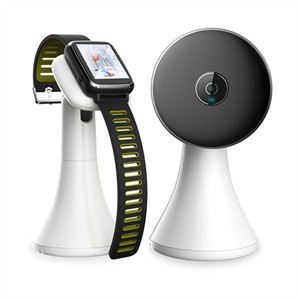Baby monitors have come a long way since their inception, evolving from simple audio devices to sophisticated smart gadgets. In this blog post, we delve into the evolution of baby monitors and the technological advancements that have transformed them into essential parenting tools.
Audio Monitors: The earliest baby monitors transmitted audio signals, allowing parents to hear their baby’s cries and sounds from another room.
Video Monitors: Video monitors introduced visual feedback, enabling parents to see their baby as well as hear them. This innovation provided an additional layer of reassurance and allowed parents to monitor their baby’s well-being more comprehensively.
Smart Connectivity: The integration of smart technology has revolutionized baby monitors. Smart monitors connect to mobile apps, offering remote viewing, notifications, and even environmental sensors.
Environmental Monitoring: Many smart baby monitors feature built-in sensors that monitor room temperature, humidity, and air quality, ensuring a comfortable sleep environment for the baby.
Two-Way Communication: Two-way audio communication allows parents to comfort their baby remotely by speaking through the monitor.
Sleep Tracking and Analysis: Some advanced smart monitors offer sleep tracking and analysis, providing parents with insights into their baby’s sleep patterns and suggesting improvements.
Integration with Smart Home Ecosystems: Smart baby monitors can be integrated with other smart devices, creating a cohesive ecosystem that enhances convenience and functionality.
In conclusion, the evolution of baby monitors reflects the advancement of technology and the changing needs of parents. From basic audio monitors to smart connected devices, baby monitors continue to play a crucial role in keeping infants safe and parents informed.







